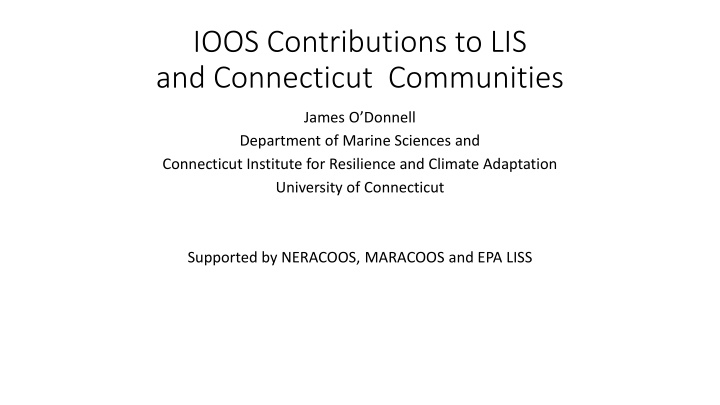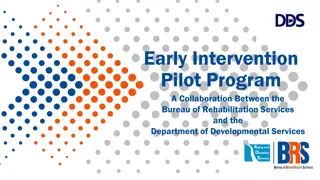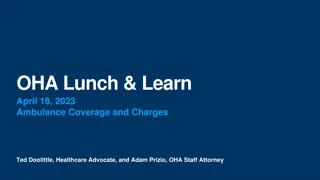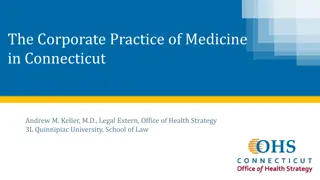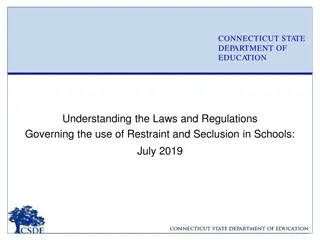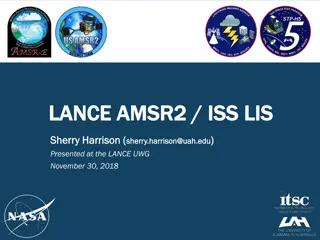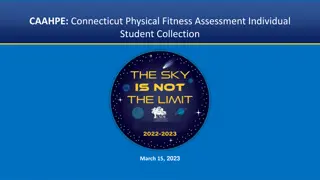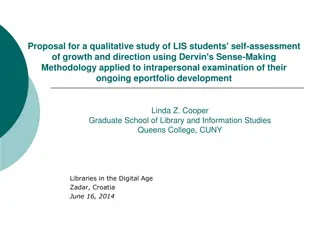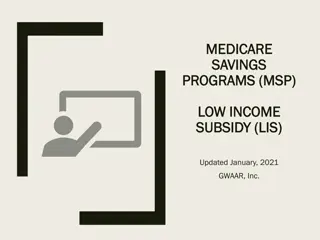IOOS Contributions to LIS and Connecticut Communities
James O'Donnell's contributions to the integrated coastal observing system in Long Island Sound, supported by various organizations, have been crucial for understanding and adapting to climate change impacts. Discover how data from EPA ship surveys and IOOS buoys have helped manage nutrient levels and enhance resilience in Connecticut communities.
Download Presentation

Please find below an Image/Link to download the presentation.
The content on the website is provided AS IS for your information and personal use only. It may not be sold, licensed, or shared on other websites without obtaining consent from the author.If you encounter any issues during the download, it is possible that the publisher has removed the file from their server.
You are allowed to download the files provided on this website for personal or commercial use, subject to the condition that they are used lawfully. All files are the property of their respective owners.
The content on the website is provided AS IS for your information and personal use only. It may not be sold, licensed, or shared on other websites without obtaining consent from the author.
E N D
Presentation Transcript
IOOS Contributions to LIS and Connecticut Communities James O Donnell Department of Marine Sciences and Connecticut Institute for Resilience and Climate Adaptation University of Connecticut Supported by NERACOOS, MARACOOS and EPA LISS
Long Island Sound Integrated Coastal Observing System 2002-2008 NOAA IOOS continued support for multi-use observations (Waves, Weather, SAR and WQ) and models in Long Island Sound since 2002
Figure15. (a) Map of the bathymetry of Long Island Sound and the location of three of the LISICOS buoys. (b) WLIS near-bottom DO concentration (mg/l) time series at the WLIS buoy in 2005 and (c) 2009. The * symbols show the measurements of CTDEEP at station C1 at the level of the level of the sensor and the error bar illustrates the range of values that would be obtained at the station and depth had the measurement occurred at other time in the two- week interval surrounding the survey dates.
Figure 26. (a) The black and red squares show the relationship between the annual maximum area of the bottom of LIS that is below 3 mg/l and the annual average daily discharge of nitrogen from WWTPs. The black dashed line is the WLS regression line using all the data. The magenta line is the WLS regression line when the red points are omitted. The lower red dashed line arises when high anomalies (2016, 2012, and 2003) are omitted. The upper red dashed line is the WLS fit through the anomalies, (b) The relationship of the normalized residuals (??) of the fit through all of the data (black dashed line in (a)) to (?? ??>)/ ???(??).
Integrated 30 years of EPA ship surveys, and 20 years of IOOS buoy data 1 of 5 years are statistically anomalous not sure why With current loads we should expect that in 80% of years the 2mg/l area is not different from zero The 3mg/l area is 180 20 km2 In BAD years The 3 mg/l area is 500 50 km2 The 2 mg/l area is 50 20 km2 Demonstrated that nutrient management has worked in LIS
Connecticut Institute for Resilience and Climate Adaptation Connecticut Institute for Resilience and Climate Adaptation February, 2012: Formation of Shoreline Preservation Task Force June, 2013: Special Act 13-9 (U) January, 2014: Gov. Malloy at Avery Point to Create CIRCA with $3,000,000 from a an environmental settlement fund June 2018: Depth of Housing NDRC funds Bridgeport Project and Resilient Connecticut (regional risk assessment & planning in New Haven and Fairfield Counties) June 2021: Connecticut Legislature Authorized Resilience Bonds from CT Green Bank, created authority for towns to raise revenue to fund projects, and provided $20,000,000 to CT DEEP for resilience projects June 2021: Connecticut Legislature appropriates $5,000,000 for 2021-23 to expand- continue Resilient Connecticut to other counties
More frequent road flooding, disrupts business, e.g. RT 146
1. Sachems Head Road (RT 146), Guilford Sachems Head Road (RT 146) Sachems Head Road (RT 146) Daniels Avenue Daniels Avenue
South side Daniel Avenue Beach culvert 182.8 (6 ) 121.9 (4 )
